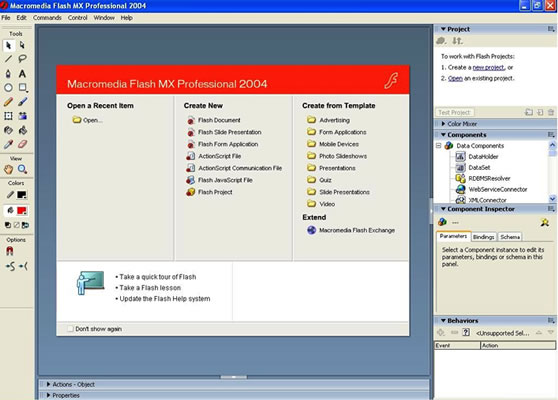Category: Flash
-

eHospital – McKesson (NDC)
Case Study: McKesson (NDC) needed to move their product from an on-premise solution to a SaaS offering.
-

Flash MX 2004 – Adobe (Macromedia)
Case Study: Adobe (Macromedia) was working on the next version of Flash and needed to figure out what the killer features were and how they should work for users.
-
Almost Famo.us
Famo.us is a very promising looking approach to gaining the Flash-like richness that once required a plugin. Is it as good as it looks?
-
Silverlight in the News
I had a few interviews recently which have started to show up in print/online. I point them out because I think this blog is mostly read by my mom and my sister. Actually, they probably don’t read this either but when my memory finally goes completely, I can meander over here and read about how…
-
Flash, HTML, Ajax: Which will win the Web app war?
I ended up being quoted a few times in this recent article about modern web app technologies. I’ll provide a bit more context here. …Microsoft sees things differently, believing that programmers are best off ditching HTML and JavaScript as soon as Web applications start getting rich. "It’s amazing what people have done with HTML, which…